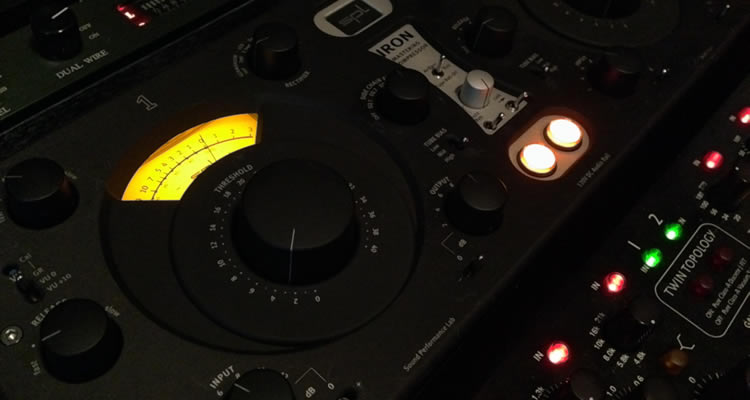Uncategorized
What Is Audio Mastering? How The Process Works
Some people ask “what is audio mastering”? The mastering process is a delicate blend of “art” and “science” with several primary goals. First and foremost the mastering engineer’s task is to listen with a critical ear and balance the frequency response to enhance the overall listening experience. This balancing act of low, mid and high frequencies is critical to how the music sounds and translates across many playback devices. To accomplish this an analog or digital equalizer is used by boosting or cutting frequency “hot spots” or “dips”. Since many mix environments these days are crude at best, audio mastering in a good mastering room becomes ever more important. Knowing what you’re hearing within an accurate environment helps in creating masters that translate consistently across many mediums.
A second primary goal for mastering audio is to normalize and balance volume levels so there is consistency across the entire album project. That way the listener is not having to increase or decrease volume as each song plays. This helps to enhance the listening experience. Controlling dynamics through creative analog or digital compression and limiting is how the mastering engineer achieves consistent volume. Though the trend has been to maximize “loudness” by hyper-compression and brick-wall digital limiting, this is not the way to achieve the best musical experience for the listener. Allowing the music to breathe and letting the mix move dynamically creates far more impact than a master that is just “loud” with no dynamic movement. Mastering with high -quality gear, accurate monitoring and a natural and transparent touch is the key to great sounding masters.
The final response to the question What Is Audio Mastering is… Deliverables. The goal of audio mastering is to produce the Red Book Spec premaster cd (pmcd), DDP or final digital .wav files to be used for digital distribution. These deliverables are the end result.
For clients who want to manufacturer CD’s we assemble the final project using the clients final song order, the we set the spacing between songs (which we do by feel) to create a musical flow throughout the album. This is also the stage where index flags are added, pregap and inclusion of cd-text information such as ISRC codes, UPC Code, Song Titles, Artist Name, Album Name and more. This information is burned into the “p” and “q” sublayers of the cd (or is indicated in the cd log file for those projects being delivered as a DDP Fileset). Once this is all done we then burn the final PMCD masters with PQ Code printouts or final digital assets to be delivered digitally over the internet.
Today’s trend is moving more towards digital delivery via .wav file and other formats. For bands and artists whom still want to make cd’s the best method is the direct transfer of a DDP fileset directly to the manufacturing plant. This is by far the best way to transfer a digital master for cd replication. As we continue to move more into digital releases, downloads and distribution, a new goal emerges, which is mastering for digital release knowing that in most cases an encoding process will take place. Understanding how encoding can affect the sound is critical – and how to adjust and deliver the proper files at the proper levels more so. Once again having a professional mastering engineer on your side will help achieve the best outcome for these differing formats and end devices.
Selecting your mastering engineer is just a critical as having your music mastered. Do your due diligence, take advantage of companies that offer free test samples, and you’ll be sure to get the best results for your project.


